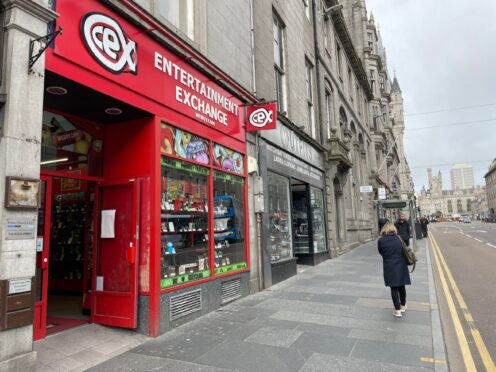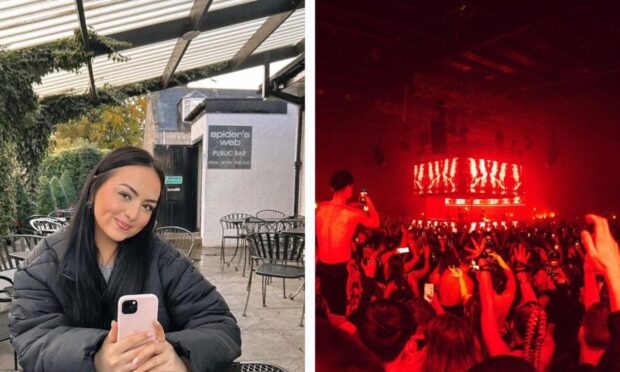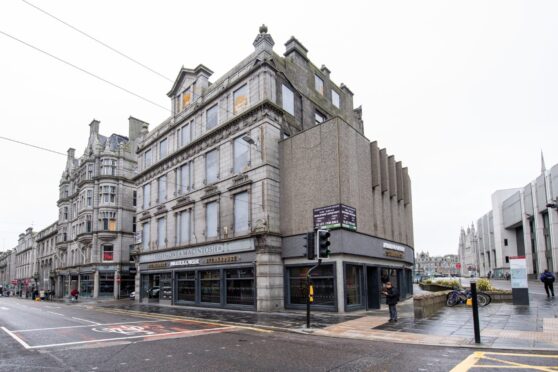Young people are more worried than older people about the impact of the cost of living crisis on their lives, new research by DC Thomson has found.
Our State of the Nation survey, carried out by Panelbase, has revealed that those aged 18-34, sometimes known as millennials and generation z, are the most worried out of any of the adult population.
Rising energy costs and inflation are the two biggest concerns, cited by those who took part in our research.
The State of the Nation survey was carried out in late September and gathered the thoughts of more than 1,600 people.
The survey was UK-wide and provides a nationally representative sample.
The charts below show the key points of the survey and delve into how households are coping with the cost of living crisis.
A nation concerned
One of the key questions took the temperature of the emotional state of the nation. 1,605 people were asked to select the words that most closely match how they currently feel about life in general.
The most frequent response was the word ‘anxious’.
With the word ‘worried’ coming in a close second.
Not all hope is lost though, as when you group together the positive and negative feelings…
We took a look at the results broken down by age range to get a better look at how each generation is faring.
The 18-34 age demographic was the most likely to feel ‘anxious’…
The 35-64 age range were most likely to describe their current feelings as ‘worried’.
With the 65+ demographic once again the least likely to admit to feeling that emotion.
The full results broken down by age are provided below. Build your own chart using the dropdown to compare the data across different responses.
Why are people worried?
The survey pressed respondents further to get to the root of their chief concerns. Respondents were asked to select the three main issues that they are worried about.
What are the people of the north and north-east most concerned about?
The survey went on to ask respondents to pinpoint the biggest cause for concern.
Both nationally and locally this once again came right back to the cost of living crisis, with respondents stating household expenses were giving them the most sleepless nights.
The people of the north and north-east were slightly more concerned than the national average with 50% citing it compared with 49% nationally.
Locals were also more concerned by physical health concerns and worries about close family than the rest of the nation.
On the positive side, local residents were much less concerned about job security than the national average.
The chart below shows the breakdown of main causes for concern both locally and nationally.
How are local people coping financially?
When asked how people are coping financially based on their current household income, the people of Aberdeen, Aberdeenshire, Highland and Moray were actually faring slightly better than the national average.
Do you agree with the findings in this survey? Let us know what you think in the comments below.











Conversation